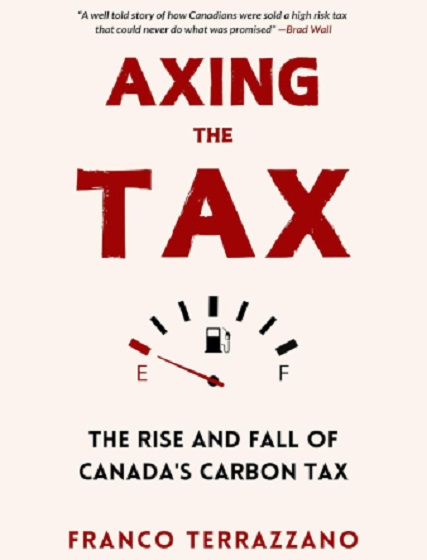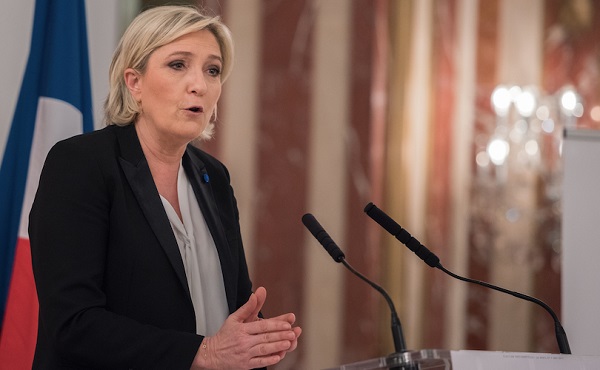Business
‘Dark Truth’ Of USAID: House Lawmakers Spotlight Biden’s Foreign Aid Abuses In Fiery Oversight Hearing


From the Daily Caller News Foundation
By Adam Pack
House Republicans zeroed in on the Biden administration’s use of foreign aid to bankroll left-wing causes that undermine American interests across the world in a heated oversight hearing Wednesday.
House Republicans, led by Delivering on Government Efficiency (DOGE) Subcommittee chairwoman Marjorie Taylor Greene, sought testimony from experts to outline how the United States Agency for International Development (USAID) advanced a left-wing policy agenda during the Biden administration that in turn alienated U.S. allies and made the world less safe for Americans. Democratic lawmakers struggled to defend the worst abuses of USAID funding, such as pushing far-left ideologies on countries with conservative cultures and indirectly financing terrorist groups.
House Oversight Republicans’ hearing on foreign aid comes after President Donald Trump’s Department of Government Efficiency has effectively dismantled USAID and left its future in limbo. Secretary of State Marco Rubio announced Wednesday the Trump administration cut roughly $60 billion in USAID and State Department grants and multi-year awards that it determined did not align with American interests.
Greene also said the DOGE Subcommittee will consider recommending investigations and criminal referrals to those it believes have abused foreign aid. The subcommittee is expected to release a post-hearing review on USAID’s foreign aid abuses next week.
“USAID has been transformed into an America-last foreign aid slush fund to prop up extremist groups, implement censorship campaigns and interfere in foreign elections to force regime change around the world,” Greene said in her opening remarks. “That is the dark truth about USAID.”
“Taxpayer funds have literally been used to undermine U.S. interests and counter American foreign policy goals under the guise of foreign aid,” Greene continued. “This is unacceptable, and the American people agree.”
More than 60% of Americans believe that U.S. foreign aid is being “wasted on corruption or administration fees,” according to a survey published by the Financial Times on Feb. 17.
Democrats appeared unable to confront the worst USAID abuses that occurred under Biden, and at times, sought to deflect attention to unrelated topics.
After Greene outlined how USAID funding had been funneled to terrorist groups, Democratic New Mexico Rep. Melanie Stansbury, the top Democratic lawmaker on the subcommittee, began her opening remarks with the statement, “Welcome to the Elon Musk chainsaw massacre.”
Stansbury then proceeded to rail against Musk for weighing into Germany’s recent parliamentary elections, Vice President J.D. Vance scolding European elites for abandoning core civil liberties and the president’s recent comments on the Russia-Ukraine War.
Democratic lawmakers’ witness Noam Unger, director of the Sustainable Development and Resilience Initiative at the Center for Strategic and International Studies, struggled to answer a question posed by Texas Republican Rep. Brandon Gill if spending more than $3 million “for being LGBTQ” in the Caribbean aligned with American values.
Stansbury and other Democratic lawmakers on the panel appeared to have learned few lessons about USAID’s abuses. Stansbury notably defended former USAID director Samantha Power’s push to turn the department into a de-facto “climate agency” and attempted to get the experts testifying to agree that USAID should continue to push LGBTQ rights on the rest of the world.
“If we want to do counter China, there’s nothing more that has alienated billions of people than pushing an ideology that they resent,” Max Primorac, who served as USAID’s acting chief operating officer, senior agency vetting official and regulatory reform officer in the first Trump administration, told Stansbury in response. “None of this is counter China. This is counter America.”
“A resounding ‘yes’ that foreign aid can be a powerful tool of diplomacy to promote freedom, prosperity and peace in accordance with our national interest and our values, but not as an instrument of progressive imperialism,” Primorac continued. “Aid officials must ensure that every single foreign aid program can pass the Middle America smell test on waste, fraud and abuse.”
Primorac previously told the Daily Caller that USAID’s left-wing agenda under former President Joe Biden weakened the United States’ influence abroad.
Experts also tore into the Biden administration’s use of foreign aid for damaging the United States’ standing in the world. Biden notably left office with an increasingly unstable world stage, with ongoing wars in Europe and the Middle East.
“It [USAID] has been doing harm while spending more on aid,” Primorac told lawmakers.
“There is more world poverty and hunger today, more political instability, and developing countries are more beholden to our adversaries.”
“The fiduciary duty of our aid officials over the past four years has done tremendous damage to foreign aid’s credibility and America’s standing in the world,” Primorac continued.
Despite Trump moving to cut the vast majority of USAID contracts and shut down the agency, most lawmakers on the panel — Republican and Democrat — still believe the U.S. government should be doling out some foreign aid to counter China’s influence in developing countries and provide relief in humanitarian crises. But foreign aid practices must align with American interests as outlined in the president’s executive order on foreign aid, according to Republican lawmakers.
“That’s just hyperbolic nonsense that we do not recognize that there’s a role to play for the United States in the federal aid space,” Republican Texas Rep. Pat Fallon said Wednesday. “But what we want to expose is $164 million going to radical organizations — $122 million of it to organizations that have aligned, or at least tied to terrorism.”
A DCNF analysis found that more than $1.3 billion taxpayer dollars doled out by the Biden administration ended up in terrorist groups’ coffers.
The hearing was disrupted on two occasions by left-wing protestors in the crowd. An elderly woman was removed after making an “obscene gesture” to an unnamed lawmaker while South Carolina Republican Rep. William Timmons spoke. Another person attending the hearing was promptly removed by police after shouting at lawmakers to stop DOGE.
Greene told the crowd that private individuals, including those in the crowd, were free to fund far-left causes around the world, but no longer would the government be bankrolling left-wing activism on the taxpayer’s dime.
Internet
US government gave $22 million to nonprofit teaching teens about sex toys: report

From LifeSiteNews
The Center for Innovative Public Health Research’s website suggests teenage girls make their ‘own decisions’ about sex and not let their parents know if they don’t want to.
For almost a decade, the U.S. government funded a group that actively works to teach kids how to use sex toys and then keep them hidden from their parents to the tune of $22 million.
According to investigative reporter Hannah Grossman at the Manhattan Institute, The Center for Innovative Public Health Research (CIPHR) has been educating minors about sex toys with public funds.
Records show that the millions given to the group since 2016, according to its website, go toward “health education programs” that “promote positive human development.”
However, the actual contents of the programs, as can be seen from comments from CIPHR CEO Michele Ybarra, seem to suggest that its idea of “human” development is skewed toward radical sex education doctrine.
In 2017, CIPHR launched Girl2Girl, which is funded by federal money to promote “sex-ed program just for teen girls who are into girls.” Its website lets users, who are girls between ages 14 and 16, sign up for “daily text messages … about things like sex with girls and boys.”
The actual content of some of the messages is very concerning. Its website notes that some of the texts talk about “lube and sex toys” as well as “the different types of sex and ways to increase pleasure.”
The website actively calls upon teenage girls to make their “own decisions” and not let their parents know if they don’t want to.
Grossman shared a video clip on X of Ybarra explaining how they educate minors about the use of “sex toys” and dealing with their parents if they are found out.
The clip, from a 2022 Brown University webinar, shows Ybarra telling researchers how to prepare “young person(s)” for her research.
She said if they are doing “focus groups,” she will ask them, “Okay, so what happens if somebody comes into the room and sees words like penis and sex toys on your screen — on your computer screen or on your phone? What if it’s your mom?’”
In 2023, CIPHR launched Transcendent Health, which is a sex-education program for minors who are gender confused. This initiative received $1.3 million of federal grant money that expired last month.
Grossman observed that the federal government “should not fund programs that send sexually explicit messages to minors and encourage them to conceal these communications from parents.”
She noted that in order to protect children and “prevent further harm,” U.S. President Donald Trump’s Department of Health and Human Services “should immediately cancel CIPHR’s active contract and deny its future grant applications.”
“By doing so, the Trump administration can send a clear message: Taxpayers will no longer foot the bill for perverted ‘research’ projects,” she noted.
The Trump administration has thus far, through the Department of Government Efficiency (DOGE), exposed billions in government waste and fraud. Many such uses of taxpayer dollars are currently under review by the administration, including pro-abortion and pro-censorship activity through USAID, “Diversity, Equity, and Inclusion and neo-Marxist class warfare propaganda” through the National Science Foundation, and billions to left-wing “green energy” nonprofits through the Environmental Protection Agency.
Business
Canadian Police Raid Sophisticated Vancouver Fentanyl Labs, But Insist Millions of Pills Not Destined for U.S.

 Sam Cooper
Sam Cooper
Mounties say labs outfitted with high-grade chemistry equipment and a trained chemist reveal transnational crime groups are advancing in technical sophistication and drug production capacity
Amid a growing trade war between Washington and Beijing, Canada—targeted alongside Mexico and China for special tariffs related to Chinese fentanyl supply chains—has dismantled a sophisticated network of fentanyl labs across British Columbia and arrested an academic lab chemist, the RCMP said Thursday.
At a press conference in Vancouver, senior investigators stood behind seized lab equipment and fentanyl supplies, telling reporters the operation had prevented millions of potentially lethal pills from reaching the streets.
“This interdiction has prevented several million potentially lethal doses of fentanyl from being produced and distributed across Canada,” said Cpl. Arash Seyed. But the presence of commercial-grade laboratory equipment at each of the sites—paired with the arrest of a suspect believed to have formal training in chemistry—signals an evolution in the capabilities of organized crime networks, with “progressively enhanced scientific and technical expertise among transnational organized crime groups involved in the production and distribution of illicit drugs,” Seyed added.
This investigation is ongoing, while the seized drugs, precursor chemicals, and other evidence continue to be processed, police said.
Recent Canadian data confirms the country has become an exporter of fentanyl, and experts identify British Columbia as the epicenter of clandestine labs supplied by Chinese precursors and linked to Mexican cartel distributors upstream.
In a statement that appears politically responsive to the evolving Trump trade threats, Assistant Commissioner David Teboul said, “There continues to be no evidence, in this case and others, that these labs are producing fentanyl for exportation into the United States.”
In late March, during coordinated raids across the suburban municipalities of Pitt Meadows, Mission, Aldergrove, Langley, and Richmond, investigators took down three clandestine fentanyl production sites.
The labs were described by the RCMP as “equipped with specialized chemical processing equipment often found in academic and professional research facilities.” Photos released by authorities show stainless steel reaction vessels, industrial filters, and what appear to be commercial-scale tablet presses and drying trays—pointing to mass production capabilities.
The takedown comes as Canada finds itself in the crosshairs of intensifying geopolitical tension.
Fentanyl remains the leading cause of drug-related deaths in Canada, with toxic supply chains increasingly linked to hybrid transnational networks involving Chinese chemical brokers and domestic Canadian producers.
RCMP said the sprawling B.C. lab probe was launched in the summer of 2023, with teams initiating an investigation into the importation of unregulated chemicals and commercial laboratory equipment that could be used for synthesizing illicit drugs including fentanyl, MDMA, and GHB.
The Bureau is a reader-supported publication.
To receive new posts and support my work, consider becoming a free or paid subscriber.
Invite your friends and earn rewards
-
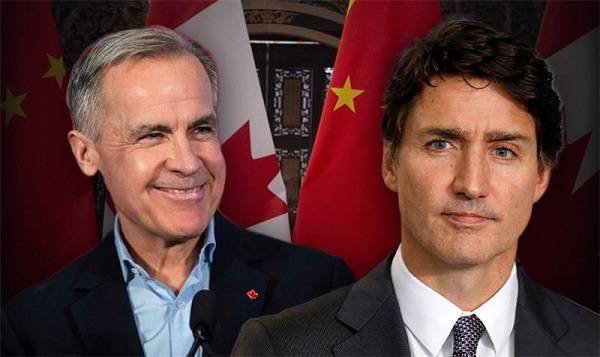
 2025 Federal Election1 day ago
2025 Federal Election1 day agoResearchers Link China’s Intelligence and Elite Influence Arms to B.C. Government, Liberal Party, and Trudeau-Appointed Senator
-

 2025 Federal Election2 days ago
2025 Federal Election2 days agoRCMP memo warns of Chinese interference on Canadian university campuses to affect election
-

 Alberta2 days ago
Alberta2 days agoAlberta takes big step towards shorter wait times and higher quality health care
-

 Energy2 days ago
Energy2 days agoTrump signs four executive orders promoting coal industry
-
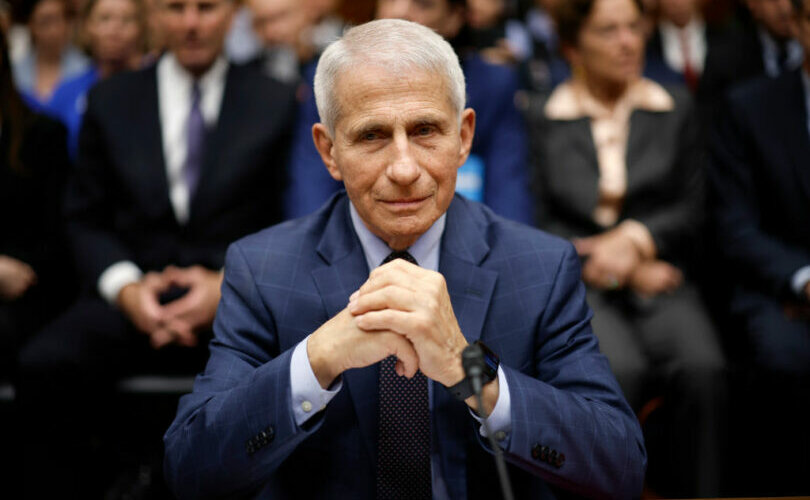
 COVID-191 day ago
COVID-191 day agoFauci, top COVID officials have criminal referral requests filed against them in 7 states
-
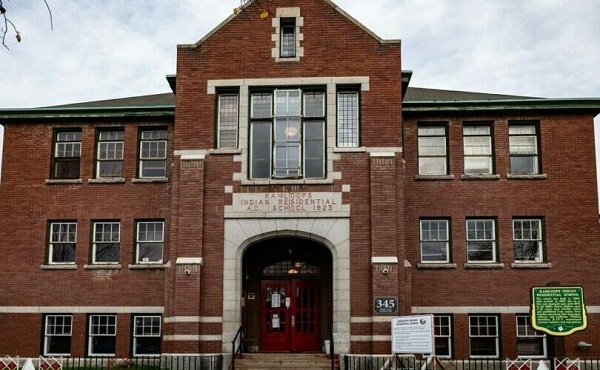
 Censorship Industrial Complex19 hours ago
Censorship Industrial Complex19 hours agoFormer residential school student refutes ‘genocide’ claims, recalls positive experience
-

 Bjorn Lomborg1 day ago
Bjorn Lomborg1 day agoThe stupidity of Net Zero | Bjorn Lomborg on how climate alarmism leads to economic crisis
-
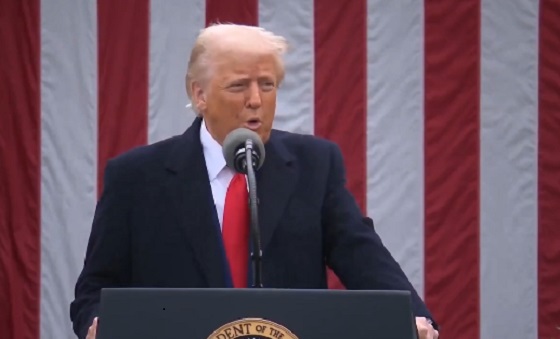
 Business2 days ago
Business2 days agoTrump raises China tariffs to 125%, announces 90-day pause for countries who’ve reached out to negotiate






